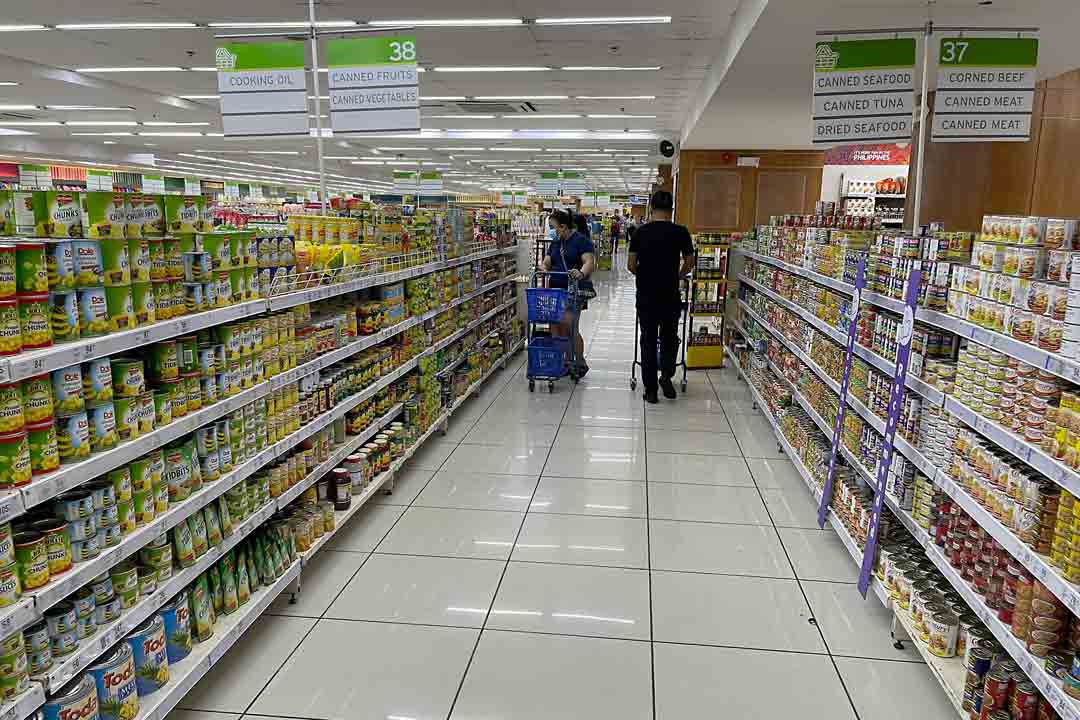Inflation may ease in 2nd half — NEDA

HEADLINE INFLATION may start easing in the second half of the year as pressure on food prices subsides after the El Niño weather event ends, the National Economic and Development Authority (NEDA) chief said.
“In the second half of this year, we expect the pressure from food prices to diminish, because a big part of that food inflation was imported in the sense that food prices, particularly for staple, have been rising in the world mar-ket,” NEDA Secretary Arsenio M. Balisacan told reporters on the sidelines of a forum on Monday afternoon.
Inflation rose for a second straight month in March to 3.7% amid rising food prices. Food inflation accelerated to 5.7%, its fastest pace in four months, mainly driven by rice.
Rice inflation surged to 24.4% in March, the highest since the 24.6% print in February 2009.
“But for rice, (pressure) is expected to decline, (as prices) reached the peak and will start falling after June as the El Niño phenomenon is waning,” Mr. Balisacan said.
The El Niño weather phenomenon is expected to persist until May, but the Philippines may continue to feel its impact until August, the Department of Science and Technology said earlier.
Mr. Balisacan said he is hoping that April inflation would fall within the Bangko Sentral ng Pilipinas’ (BSP) 2-4% target band, although oil prices pose a risk.
He noted April inflation will likely be close to the 3.7% print recorded in March.
“[The] 2-4% is still a fighting target. Of course, we are watching closely the developments in the Middle East. If the oil prices would be affected by the development, there would be some pressure for us,” Mr. Balisacan said, refer-ring to the conflict between Israel and Iran.
The local statistics agency will release April inflation data on May 7.
Mr. Balisacan said that economic growth in the first half may be affected if inflation continues to breach the target.
“[It’s] a challenge because domestic consumption, particularly home consumption and investment, are very sensitive to inflation and interest rates,” he said.
Earlier this month, the Development Budget Coordination Committee (DBCC) revised its gross domestic product (GDP) growth target range to 6-7% this year from 6.5-7.5% previously amid geopolitical tensions, price upticks, and trade restrictions.
The local statistics agency is set to release first-quarter GDP data on May 9.
“With food prices starting to come down, that should be good for growth. But of course, if the energy prices continue to rise, then it could affect logistics, distribution, and it could impact food prices too. But we hope that it will not be serious,” Mr. Balisacan said.
Oxford Economics economist Makoto Tsuchiya said he expects inflation to quicken to 3.9% in April due to base effects. He also noted that sequential momentum was largely flat this month.
“Although rice prices remain elevated, prices for other agricultural products including vegetables and fruits are starting to decline, which should help ease inflationary pressures in the coming months,” he said in an e-mail.
“Higher oil prices due to escalation of the conflicts in the Middle East is an emerging risk, but so far the impact remains limited.”
Monetary Board Member V. Bruce J. Tolentino said the government should keep a close eye on global developments that could impact commodity prices and stoke inflation.
“The elections in India are ongoing, and if Mr. [Narendra] Modi wins, he will focus on his domestic priorities of ensuring that food prices are low in India. That means the export ban [on non-basmati rice] may continue, which will worsen inflation,” he said in a Viber chat.
Last year, India imposed export curbs on non-basmati rice and other commodities to address rising domestic prices. The supply shortage drove global prices higher, affecting the Philippines which is one of the biggest importers of rice.
Mr. Tolentino noted that the ongoing Russia-Ukraine war may cause an uptick in fertilizer prices and constrain wheat supply.
“It is crucial that the government maintain its efforts to invest in productivity-enhancing measures. These have been paying off in the record rice harvests attained over the past 2-3 years,” Mr. Tolentino said. — Beatriz Marie D. Cruz
